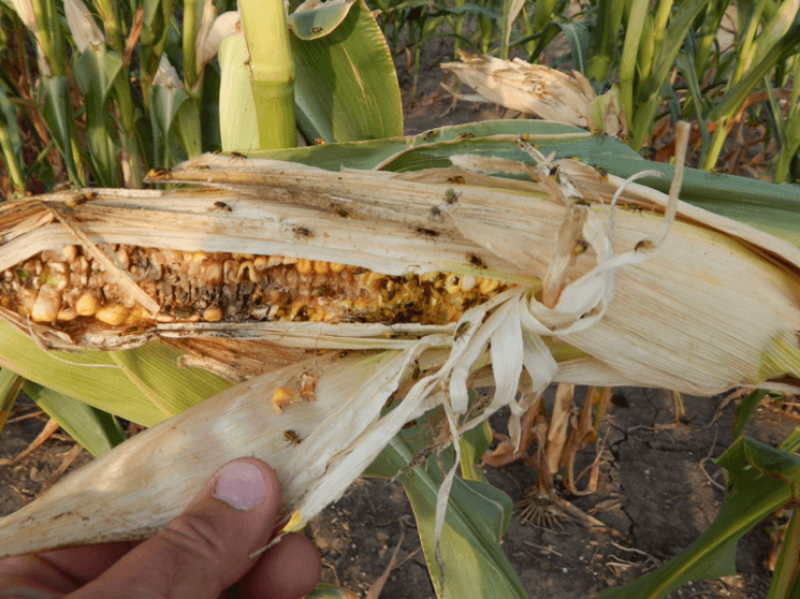An Israeli-led study of the skeletal remains of two humans from the late Middle Paleolithic period, between 70,000 and 60,000 years ago, has yielded surprising findings. In analyzing the first Neanderthal remains found outside caves in the Levant, researchers have found Neanderthals were not merely “cavemen,” but much more flexible in their living habits than commonly held.
…
The findings of their study — published Wednesday in the journal Nature Scientific Reports — indicate that 60,000 years ago, as modern humans reached the region, Neanderthals in the Levant inhabited both caves and open landscapes.
…
“The discovery of Neanderthals at open-air sites during the late MP reinforces the view that Neanderthals were a resilient population in the Levant shortly before Upper Palaeolithic Homo sapiens populated the region,” the article stated.
The findings of the study go a long way toward explaining the disappearance of the Neanderthals…Whereas traditional explanations hypothesize that Neanderthals in the Near East were unable to adapt to an increasingly dry climate, the Ein Qashish finds indicate that they were adapted to open-air living, [according to the Israel Antiquities Authority.]
“Our study suggests that Neanderthals were a resilient population that successfully existed in the north of Israel at the time that modern humans arrived from Africa some 60,000 years ago.”
The GLP aggregated and excerpted this blog/article to reflect the diversity of news, opinion, and analysis. Read full, original post: Who are you calling a caveman? Israeli study finds Neanderthals had versatile habitats































